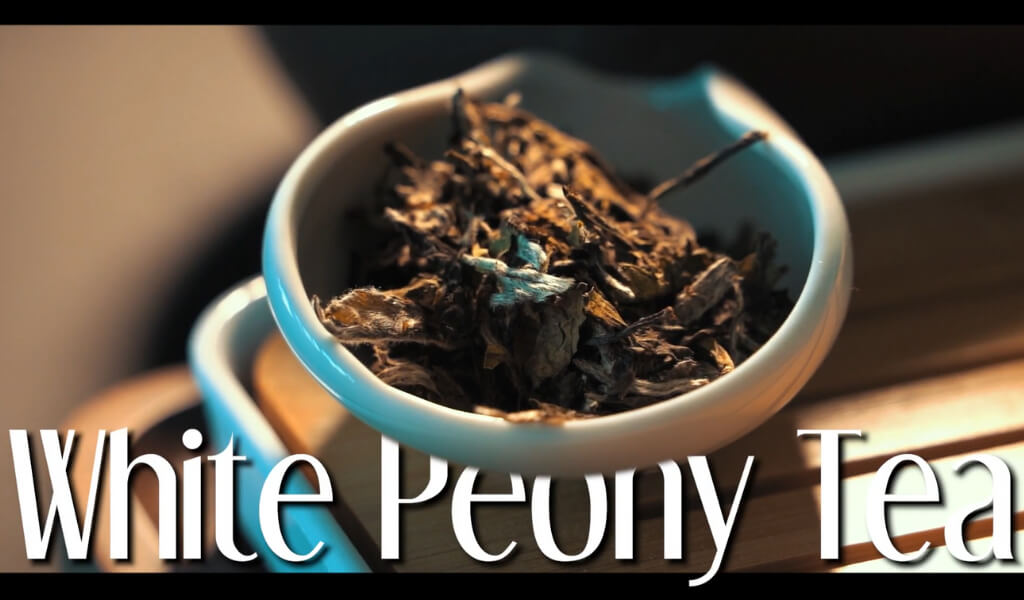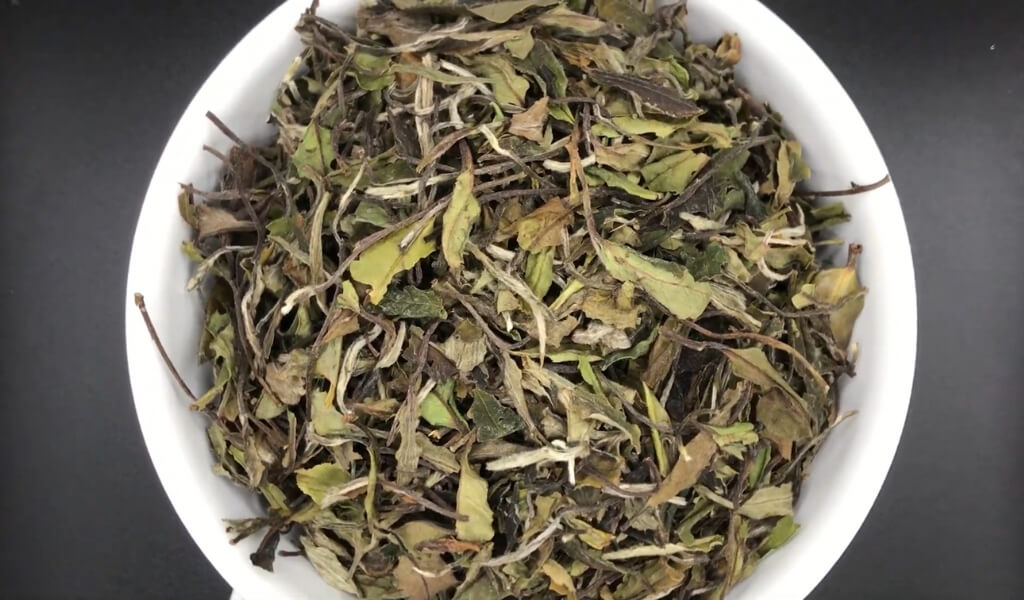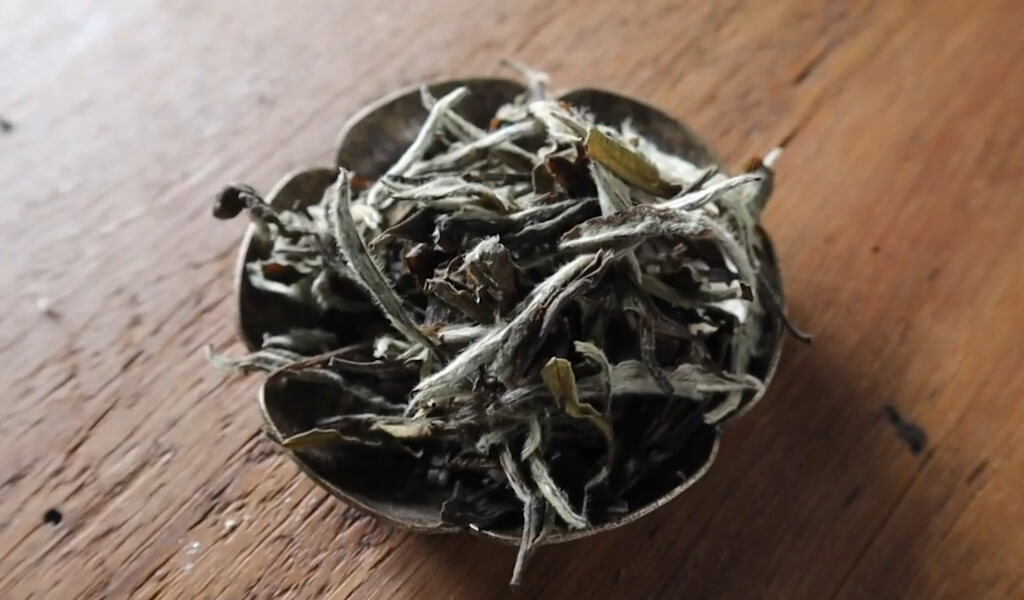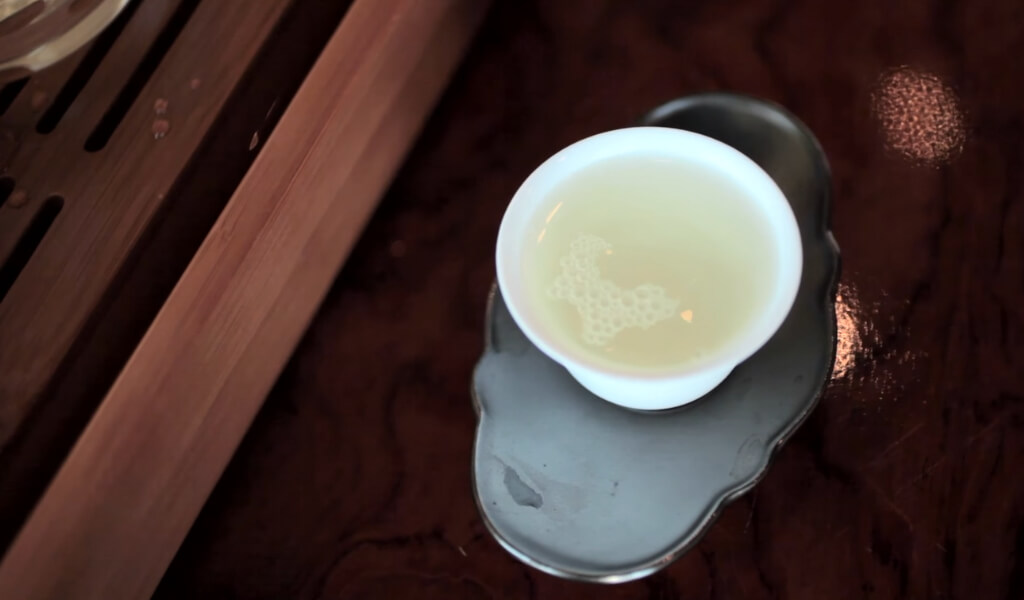I have to tell you, and there’s something remarkably captivating about White Peony tea. From the first moment I tried it, its delicate balance of flavour and aroma instantly enchanted me.
This isn’t your typical tea, oh no – it’s a remarkable blend of history, tradition, and taste that will transport you to the lush tea gardens of China.
What is white peony tea?
White Peony Tea, known as “Bai Hao Yinzhen” or 白毫銀針 in Chinese, is a treasured White tea that comes directly from the Fujian province of China, an area renowned for its incredible biodiversity and rich tea production history. It’s skillfully produced using the bud and the first two leaves of the Camellia sinensis tea plant, responsible for all true teas, including black, green, and oolong.
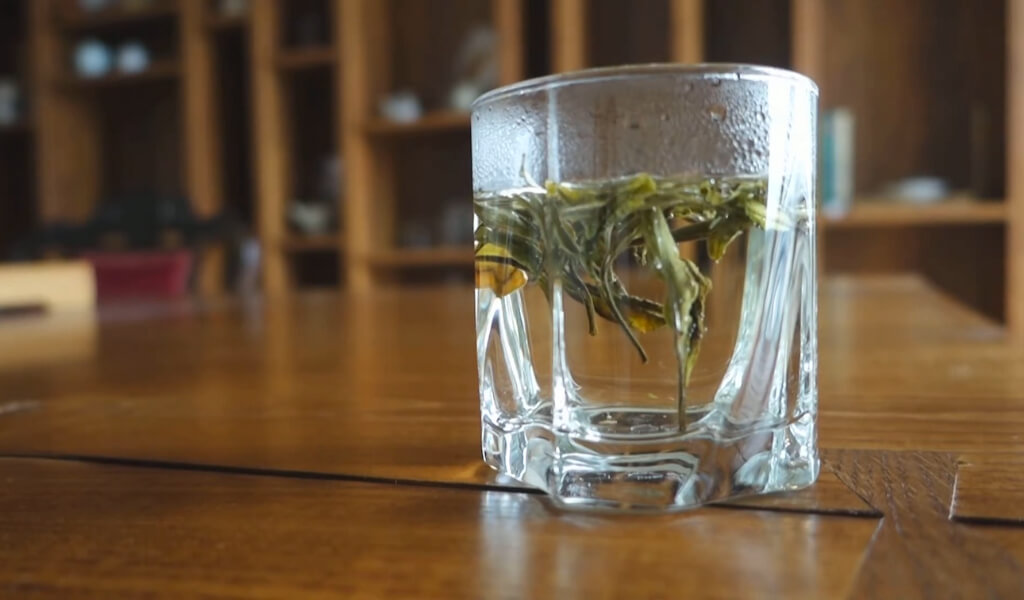
The brew offers a delicate balance of floral notes that make it stand out from the crowd, notably different from other white teas, like the more elusive and subtly flavoured Silver Needle tea.

The world of tea is broad and rich, with each variety, whether White Peony Tea or the robust Assam black tea, contributing a delightful chapter to this vast anthology of flavors.
History of peony white tea
Ever wondered about the past of White Peony Tea? Its history is fascinating.
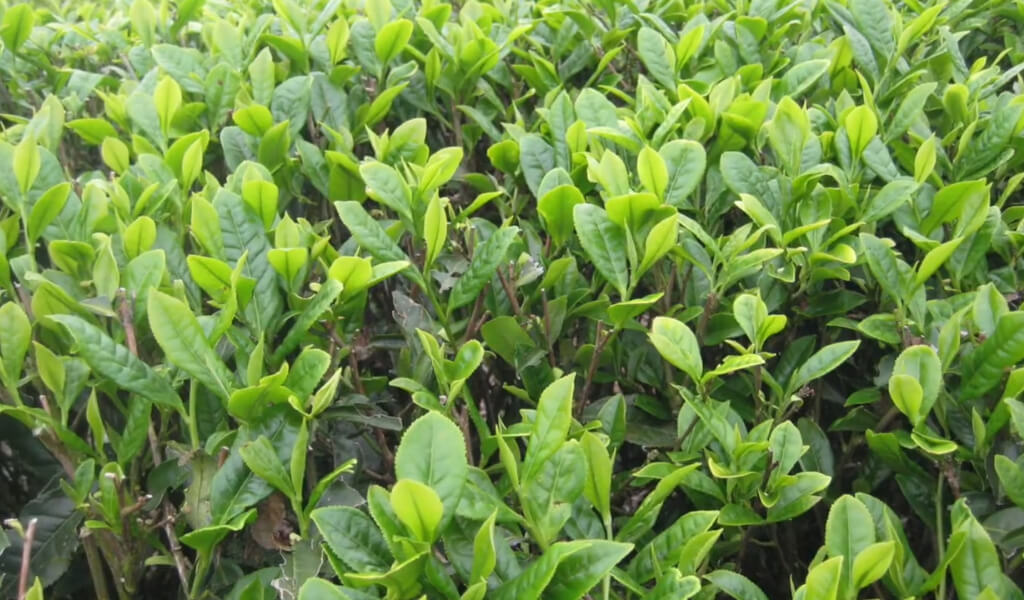
This tea first sprouted in a town named Shuiji, part of Jianyang, way back before 1922. The old-timers in the region would tell you that it all started around the Great Lakes. I even found in Laura C. Martin’s informative book, “History of Tea”, that Shuiji was once a corner of Jian’ou County, a place loved for its rich tea cultivation.
However, the White Peony Tea journey continued. After 1922, Zhenghe County joined the tea production scene, significantly contributing to this delightful tea. By the 1960s, the passion for this tea had spread to Songxi County, making it another thriving hub for White Peony Tea.
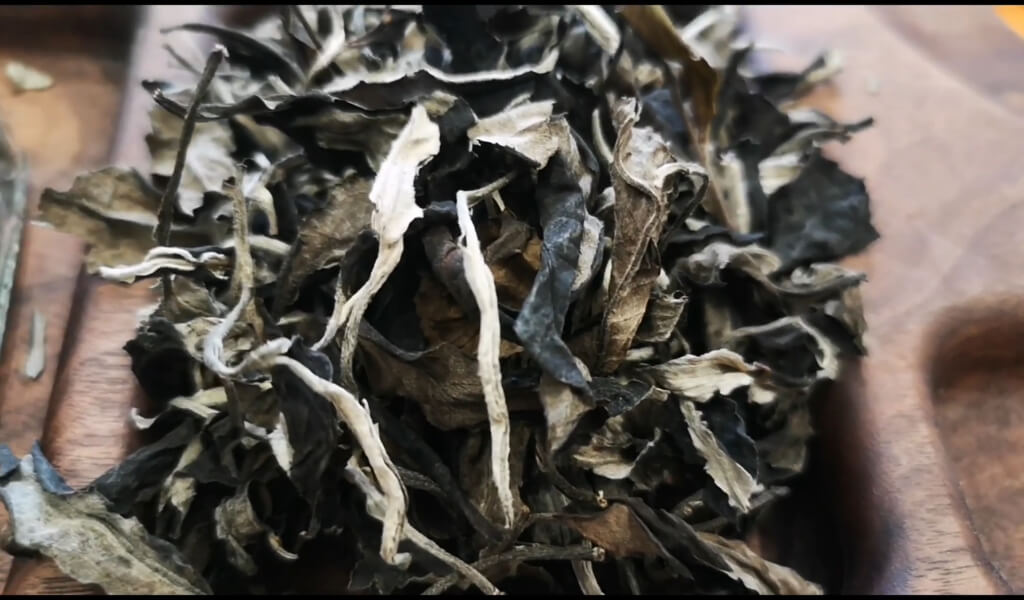
Today, White Peony Tea is one of the shining stars of the Fujian province, the home of all these tea-growing hotspots. It’s also found a place in the hearts of people not just in its home province but also in bustling markets of Hong Kong, Macao, and even across the waters in Southeast Asia and Viet Nam.
Besides its exquisite taste, people love it for its cooling effect, making it an ideal companion for those warm summer days. Now that we’ve travelled through its history let’s explore this wonderful tea steeped in tradition and flavour.
Read More:
- What is Silver Needle Tea? History, Process & Benefits
- 7 Main Jasmine Silver Needle Tea Benefits You Should Know
Types of White Peony Tea
Let me introduce you to the two main types of White Peony Tea, each with its own unique characteristics and charm and named after the places where they’re grown.
Eastern Fujian uses the Fuding Daibai variety, while Northern Fujian uses the Zhenghe Daibai varieties, producing two distinct and unique styles of Peony White Tea: the Fuding variety and the Zhenghe variety.
Fuding White Peony Tea
I start with Fuding White Peony Tea, made from the Da Bai white tea plant, known for its big leaves and sturdy stems. In Fuding, nestled in Fujian Province’s stunning highlands, they dry these leaves a bit longer than in Zhenghe.
It’s fascinating how the extended drying time results in a tea that brews into a soft green color. And don’t be surprised if you see darker leaves – it’s part of its charm!
Fuding’s roots in tea cultivation go way back to the Tang Dynasty, making it an authentic cradle of white tea.
Zhenghe Mudan Wang
My next destination is Zhenghe, home to the Zhenghe Mudan Wang, a distinct style of Peony White Tea. This tea is more full-bodied and sweeter than Fuding’s variant, with a flavor profile that bursts with nutty and smoky notes, standing out from typical white teas.
It reminds me of a darker white tea, similar in some ways to pu-erh tea, a fermented tea from Yunnan province, due to its ability to develop complex flavours as it ages.
The aromatic journey it offers, complete with a floral scent, is truly a joy to experience.
Whether you reach for the traditional Fuding White Peony Tea or the more robust Zhenghe version, every sip explores the rich tea culture in the heart of the Fujian Province.
We’ve met the types; now, let’s immerse ourselves in the unique flavours of the White Peony Tea recipe.
What does White Peony Tea taste like?
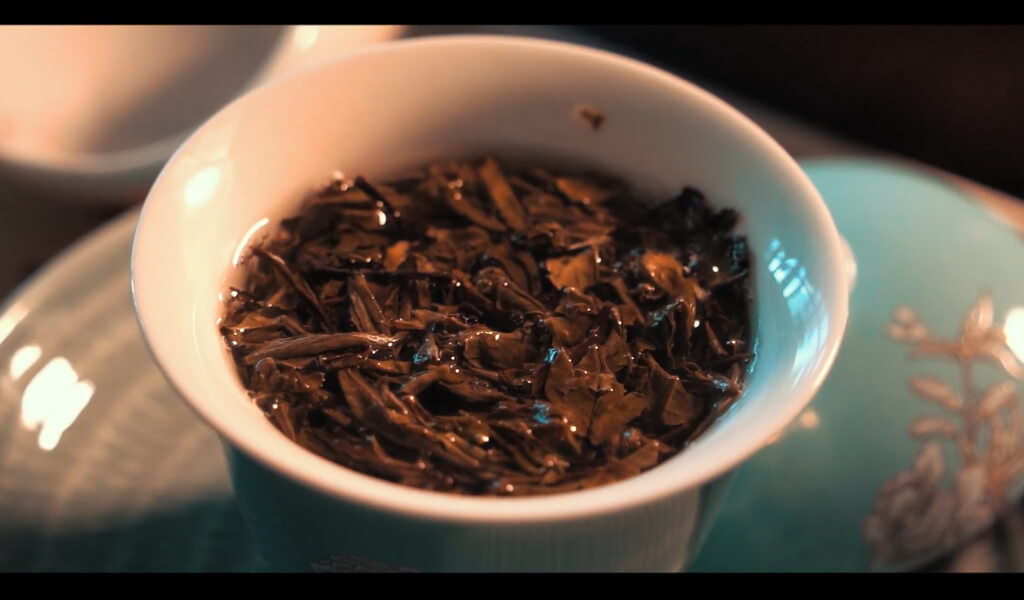
Bai Mu Dan offers a gentle flavour spectrum characterised by understated tasting notes in common with many other white teas.
This Chinese tea showcases a fruity taste, a silky texture, and a more pronounced edge that brings it closer to the flavour of milder green teas. The sweetness inherent in White Peony white tea can be enhanced by adding lemon, MCT oil, and honey, thus amplifying its natural taste characteristics.
The inherent sweetness of White Peony Tea lends itself well to flavor explorations. You could enhance its natural-tasting notes with a squeeze of fresh lemon, a spoonful of MCT oil for some creaminess, or a drizzle of honey for extra sweetness. If you’re adventurous, pair it with foods like pastries or light sandwiches—the combinations are nearly endless. So, why not embark on a flavour exploration journey with White Peony Tea?
Now that you’ve got a taste for it, let’s see how it does more than just pleasing our palate.
White peony tea benefits
Most studies are still in their preliminary phases, and the health benefits of white peony remain largely unconfirmed. However, the potential health advantages of consistent white peony tea consumption could include the following:
| Benefit | Description |
| Promoting Healthy Estrogen Levels |
Rich in phytoestrogens, may help balance estrogen levels in women.
|
| Potential Cancer Prevention |
Contains paeoniflorin with anti-cancer and antioxidant properties.
|
| Potential Diabetes Management |
Antioxidants may help lower blood sugar levels and improve lipid profiles.
|
| Potential Alleviation of Anxiety and Depression | May alleviate stress and anxiety. |
| Potential Pain Relief |
Paeoniflorin has analgesic properties similar to pain relief medication.
|
| Potential Enhancement of Blood Circulation | May improve blood flow by preventing platelet aggregation. |
| Potential Reduction of Hyperpigmentation |
Skin-brightening properties may help with hyperpigmentation disorders.
|
| Potential Anti-Inflammatory Effects |
Contains compounds that inhibit inflammation and related enzymes.
|
| Enhancement of Digestion and Stomach Protection | May protect the stomach lining and help with digestive issues. |
Promoting Healthy Estrogen Levels
White Peony Tea, rich in compounds known as phytoestrogens, is believed to mimic the effects of estrogen in the body. This hormone plays a crucial role in managing menstrual cycles, facilitating sexual development, strengthening bones, and maintaining various aspects of women’s health throughout their lives.
As estrogen levels typically decline during menopause, medical interventions often aim to boost this hormone in women whose bodies don’t naturally produce sufficient amounts.
Supplements derived from White Peony might help alleviate certain menopausal symptoms like hot flashes and anxiety by preventing estrogen levels from depleting in the body’s tissues. Paeoniflorin, the primary compound in White Peony, reportedly enhances the functionality of aromatase, an enzyme responsible for converting testosterone into estrogen, while limiting testosterone production.
Incorporating White Peony into your diet might assist in naturally balancing estrogen levels, thereby mitigating some menopausal drawbacks. However, it’s advisable to consult with your healthcare professional before making any dietary changes.
Potential Cancer Prevention
Paeoniflorin, a key component of White Peony tea, has anti-cancer and antioxidant properties. These qualities might contribute to preventing the development and proliferation of cancer by inhibiting tumor growth and metastasis.
One study suggests that paeoniflorin could be a promising topical treatment for certain types of skin cancer, such as basal cell carcinoma (BCC) and squamous cell carcinoma (SCC). However, it’s important to note that this research was conducted on mice with transplanted tissues, so more research is needed to confirm its effectiveness in humans.
Potential Diabetes Management
Like numerous other plant varieties, White Peony is endowed with powerful antioxidants identified to avert cellular oxidative damage. Research conducted on diabetic mice has illustrated that oil extracted from peony seeds aids in lowering blood sugar levels and enhancing blood lipid profiles and antioxidant enzyme activity in these animals.
In the face of challenges, if you’re inclined to go easy on yourself, surrender when the going gets tough, or unconsciously indulge in overeating, the BetterMe app is on hand to help you break free from these self-sabotaging habits.
Potential Alleviation of Anxiety and Depression
Paeoniflorin, a principal compound identified in White Peony, appears to possess properties that alleviate stress. Research exploring PMS-induced anxiety in rats has discovered that White Peony extract contributes to easing anxiety by modifying the expression of estrogen receptors, serotonin transporters, and another enzyme associated with serotonin production.
Potential Pain Relief
White Peony root extract has been shown to alleviate pain, with one study revealing that Paeoniflorin possesses pain-relieving properties comparable to or even surpassing acetaminophen, a widely-used pain medication. Another study, using mice with induced arthritis, found that White Peony’s saponins notably reduced inflammatory markers.
Potential Enhancement of Blood Circulation
Paeoniflorin, a type of saponin present in White Peonies, has been associated with improvements in blood flow. Researchers speculate that this could be attributed to its inhibitory influence on platelet aggregation. Certain studies indicate that the active ingredients in White Peony, such as Paeoniflorin, can promote blood circulation by preventing platelet aggregation and blood clotting.
Potential Reduction of Hyperpigmentation
White Peony extract, a staple in traditional Chinese medicine for ages, is famed for its skin-brightening qualities thanks to natural elements like chalcone and gallic acid. Studies on lab-grown skin suggest that White Peony could be a promising solution for skin conditions marked by dark patches, like melasma and vitiligo. Still, more research is needed to confirm its effectiveness for human use.
Potential Anti-Inflammatory Effects
White Peony is abundant in compounds known for their anti-inflammatory properties. Researchers have pinpointed two specific elements, paeoniflorin and albiflorin, that curb inflammation by inhibiting the production of inflammatory proteins. These saponins also obstruct enzymes such as COX-2 and 5-lipoxygenase (5-LO), both instrumental in the metabolism of arachidonic acid (a precursor of inflammation).
The anti-inflammatory attributes of White Peony may render it an effective complementary treatment for ailments like arthritis, psoriasis, lupus, scleroderma, ulcerative colitis, hemorrhagic cystitis, and beneficial skin lesions induced by certain cancer types.
Potential Enhancement of Digestion and Stomach Protection
White Peony is rich in compounds that might safeguard the stomach lining against ulcers and other forms of damage. This anti-ulcer activity could aid in mitigating certain digestive issues like heartburn or gastroesophageal reflux disease (GERD).
We’ve seen its benefits, but being aware of potential side effects is crucial.
White Peony Tea side effects
Despite White Peony being generally deemed safe for most people, consuming it in large quantities may lead to certain adverse effects. A few of these include:
Induces Diarrhea or Nausea
Overconsumption of this tea, particularly on an empty stomach, might result in temporary diarrhea or nausea. These symptoms typically subside upon eating. However, if your symptoms persist for more than a day, it is crucial to seek immediate medical attention.
May Interact with Cancer Medications
White Peony is rich in antioxidant components, such as various saponins, prenylflavonoids, and phenolic acids. In theory, these antioxidants might interfere with the efficacy of medical interventions that rely on oxidative damage, like radiation or chemotherapy.
Consequently, co-administering White Peony with these medications might potentially reduce their effectiveness. Nonetheless, this remains a theoretical risk, as there is no direct evidence that this tea negatively impacts chemotherapy or other cancer treatments.
It is essential to consult your doctor before incorporating White Peony or any other herbal supplement into your existing treatments.
May Induce Intravascular Hemolysis
Intravascular hemolysis, or the destruction of red blood cells within blood vessels, can result in anemia, jaundice, and dark urine. White Peony, while rarely causing such effects, may share similarities with garlic, known for its blood-thinning properties.
If consumed excessively over an extended period, White Peony could trigger intravascular hemolysis in individuals with clotting disorders. Avoid using White Peony if you have been diagnosed with any clotting disorder to stay safe.
Let’s examine its caffeine content by balancing peony white tea benefits and side effects.
White peony tea caffeine
One study demonstrated that White Peony possesses around 18 mg of caffeine per gram of dried leaf. It has a higher concentration of caffeine than Silver Needle or Shou Mei white tea. Typically, there is more caffeine in white peony tea than in green tea.
As an instance, a study demonstrated that White Peony contains approximately 18 mg of caffeine in each gram of dried leaf, surpassing the caffeine content found in Chinese Yunnan and Indian Darjeeling black teas, as well as numerous green teas like sencha and Mao Feng teas.
Equipped with this knowledge, let’s discover the art of brewing this delightful tea.
How to make Peony Tea at Home
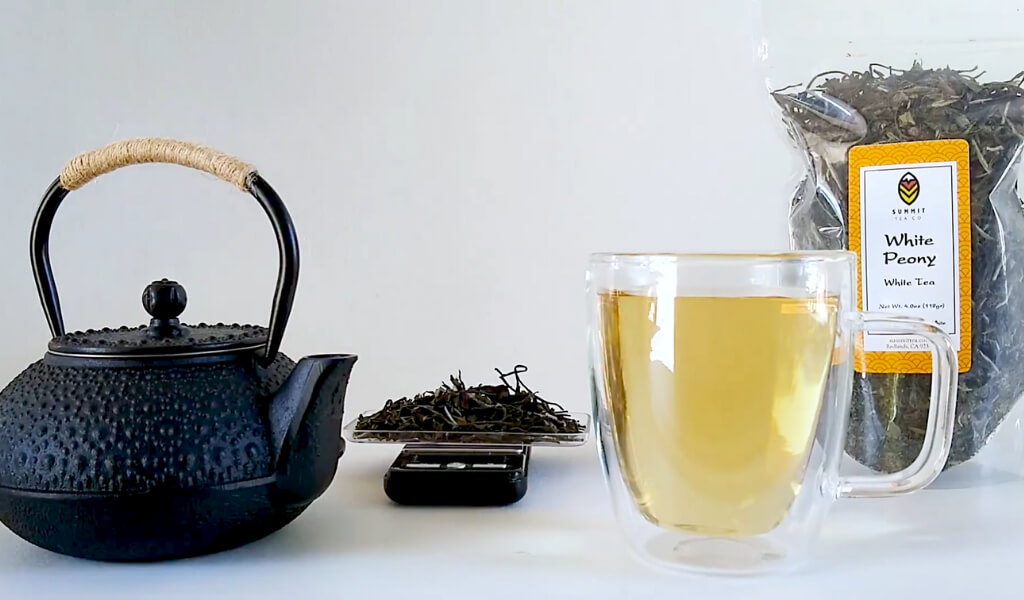
To savor the most delightful White Peony tea, I propose choosing loose-leaf tea rather than settling for tea bags. Loose tea leaves are generally of superior quality, promising a more exquisite flavour and enhanced health benefits than crushed pieces in tea bags.
Try to select an organic white tea, free from additives or pesticides, to ensure you experience the most genuine taste.
How to brew step-by-step:
- Kickstart the process by warming up your teacup and teapot. Simply fill them with hot water and give them a good swirl before disposing of the water.
- Next, measure 1 teaspoon of organic White Peony tea leaves for every 8 ounces of water you intend to use.
- Pop these tea leaves into a tea infuser and position it in your teacup.
- Heat your water to a temperature range between 165 and 175 degrees Fahrenheit. Remember, higher water temperatures can adversely affect the delicate flavor of White Peony tea – so it’s best not to use boiling water.
- Pour the hot water into your teacup, immersing the tea leaves, and allow them to steep for 2 to 3 minutes. Remember, the longer you allow the tea leaves to steep, the stronger the resulting flavors.
- Once steeping time is over, remove the tea leaves and set them aside. Now, your tea can add sweeteners and then relish them.
Another tip to remember is that you can achieve between 3 to 5 infusions from each brew of White Peony leaves. Just increment the steeping time by around 30 seconds for each subsequent infusion.
Once you’ve mastered brewing, let’s learn how to keep your tea fresh and aromatic.
How to Store Peony White Tea
I’ve gained wisdom from my years of home tea drinking to keep White Peony tea fresh. It’s all about recognizing the importance of proper storage to preserve its delicate flavour and extend its lifespan.
Once, I left a pouch of White Peony tea absentmindedly on the kitchen counter, and it lost much of its flavor. Since then, I’ve habitually stored my White Peony tea in a cool, dark, dry spot, far from sunlight, moisture, and strong odors.
The ideal storage solution I’ve found to work great is an opaque, air-tight container. This container keeps the tea fresh and prevents it from absorbing odors from other spices or foods in your pantry.
Remember always to keep the container sealed after each use. Doing this keeps the air out and preserves the great flavor profile of the White Peony tea. Following these simple storage steps will make your tea-drinking experience even more enjoyable.
With proper storage sorted, let’s explore some of the best White Peony Teas.
Best white peony tea – My Preferred Choice
Best white peony tea in USA: Teavivre® Organic White Peony
The first White Peony tea that I adore comes from Teavivre. With its roots in Fuding City, Fujian Province, China, this tea is USDA and EU Organic Certified. I remember the first time I tried it; the well-aged, honey-mellow taste was unforgettable.
The convenient inside the sealed bag with a resealable zip package ensures it stays fresh, and I’ve found that over time, much like fine wines, the aroma and taste of this Organic bai mudan white tea simply improve.
It won the GOLD prize in the September 2018 Spring Loose Leaf Hot Tea Competition, a testament to its complex and juicy flavor that I have come to love.
Best white peony tea for weight loss: Generation Tea
The second on my list is Generation Tea’s White Peony variant. It’s the perfect tea for those looking to manage their weight, but more than that, it offers a refreshing, light flavor.
The leaves had slightly more stems than usual but did not compromise the taste. Remarkably, it was delivered from China in just about 10 days. Trust me, for its price, the quality and flavor this tea delivers are worth it.
Best white peony tea in the world: Bai Mu Dan Chinese
The Bai Mu Dan Chinese White Peony tea stands out as one of the finest globally. It embodies purity with its 100% white tea buds, leaves, and twigs, meticulously crafted by skilled farmers to preserve its unrivalled natural freshness.
Brewing it fills my kitchen with a sweet aroma reminiscent of spring leaves and fresh-cut hay. This minimally processed tea is brimming with natural antioxidants sourced from the tender early-spring plants, making every sip a unique indulgence.
The mellow, sweet white peony tea taste and pleasant scent make it an excellent companion for relaxing, whether reading a book or watching TV.
After knowing the best, let’s learn how to choose the perfect White Peony Tea for you.
How To Choose a White Peony Tea
When choosing your White Peony tea, consider the origin and the harvesting time. High-quality White Peony teas, like Bai Hao Yinzhen, are typically produced in Fuding and have a bright, silvery appearance.
Those harvested before the Tomb-sweeping Day in early April usually have fat, strong buds and yield a higher-quality tea. Opt for bright and silver leaves, not gray, as these will brew the best cup.
Also, consider the age of the tea. Stored properly, White Peony tea can develop a more intense flavor over time, much like a fine wine. Freshly processed leaves have a slight green tone, but as they age, they become deeper in colour and develop a richer, honey-like aroma. Always brew your tea correctly to maximise its benefits and enjoy its refreshing and soothing character.
Don’t forget to store your tea where light cannot penetrate, like an airtight jar or bag, to improve its quality over time. Now you’re ready to choose and brew the perfect cup of White Peony tea!
Thanks for spiriteadrinks.com
FAQs
Is white peony tea a green tea?
No, White Peony tea isn’t green tea. It’s a white tea type, the least processed of all tea varieties. White teas like White Peony undergo minimal oxidation, preserving their delicate flavour and high antioxidant content.
Is Peony tea white tea?
Yes, Peony tea, often known as White Peony or Bai Mu Dan, is a type of white tea. Its mild, floral flavor characterises it, and it’s traditionally cultivated in China’s Fujian Province.
Does white peony affect estrogen?
Some research suggests that Paeoniflorin, a compound found in White Peony, can influence estrogen receptors. However, these studies are primarily conducted on animals, and further research is needed to understand its effects on human estrogen levels.
Can you eat white peony?
While the white peony plant leaves are typically used to brew tea, the petals are not typically consumed. It’s best to enjoy the plant’s benefits through White Peony tea.
What is white peony tea good for?
There are many benefits of white peony tea. White Peony Tea is abundant in beneficial qualities and has been utilized as a medicinal plant for centuries. Research has indicated its potential to lower the likelihood of specific cancers, enhance the immune system, promote cardiovascular well-being, and assist digestion.
What is white peony tea in Chinese?
White Peony tea is known as ‘Bai Mu Dan’ in Chinese. It’s a traditional tea grown primarily in the Fujian Province of China.
Can I make tea from peony petals?
Peony petals aren’t typically used for brewing tea. White Peony tea is made from the leaves and buds of the peony plant. It’s always best to stick to tried and tested methods for tea brewing.
How do you dry peony petals for tea?
While peony petals aren’t typically used for tea, they can be dried by spreading them out in a single layer in a cool, dark place. After completely draining, they can be stored in an airtight container.
Can you boil peony petals?
While you technically can boil peony petals, they’re not commonly used for tea brewing. Traditional White Peony tea is made using the plant’s leaves and buds.
What does white peony do for skin?
White Peony has been used in traditional Chinese medicine for skin brightening due to natural compounds like chalcone and gallic acid. Some research suggests it may help with hyperpigmentation-related conditions like melasma and vitiligo. However, more research is needed to substantiate these claims.
How many times can you steep White Peony tea?
White Peony tea leaves are known for their ability to withstand multiple infusions. You can typically get 3 to 5 infusions from each brew, increasing the steeping time by 30 seconds for each subsequent infusion.
Is White Peony tea safe during pregnancy?
While white peony tea pregnancy is generally safe, it’s always best to consult a healthcare professional if you’re pregnant or breastfeeding due to its caffeine content.
Can children drink White Peony tea?
White Peony tea contains caffeine, so it’s generally not recommended for young children. It’s always best to consult with a paediatrician before introducing caffeinated beverages to a child’s diet.
Can White Peony tea help with sleep?
White Peony tea does contain caffeine, which can interfere with sleep if consumed too close to bedtime. However, its low caffeine content compared to other teas and coffee makes it a better evening choice for many.
Can I add milk and sugar to White Peony tea?
While it’s traditionally consumed without additives to appreciate its delicate flavor, there’s no rule against adding a touch of milk or sugar to your White Peony tea if that suits your taste preference. Just be aware that these additions may alter the tea’s natural flavor and potential health benefits.
I’m Shanna, creator of Spiritea Drinks. I’m all about teaching people to grow their own food, tea, cook what they harvest, and eat with the seasons.

